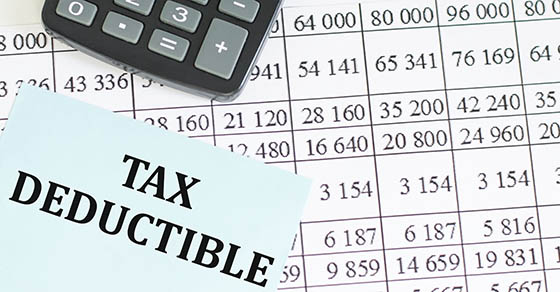Ever wonder how IRS examiners know about different industries so they can audit various businesses? They generally do research about specific industries and issues on tax returns by using IRS Audit Techniques Guides (ATGs). A little-known fact is that these guides are available to the public on the IRS website. In other words, your business can use the same guides to gain insight into what the IRS is looking for in terms of compliance with tax laws and regulations.
Many ATGs target specific industries, such as construction, aerospace, art galleries, architecture and veterinary medicine. Other guides address issues that frequently arise in audits, such as executive compensation, passive activity losses and capitalization of tangible property.
Issues unique to certain taxpayers
IRS auditors need to examine all different types of businesses, as well as individual taxpayers and tax-exempt organizations. Each type of return might have unique industry issues, business practices and terminology. Before meeting with taxpayers and their advisors, auditors do their homework to understand various industries or issues, the accounting methods commonly used, how income is received, and areas where taxpayers might not be in compliance.
By using a specific ATG, an IRS auditor may be able to reconcile discrepancies when reported income or expenses aren’t consistent with what’s normal for the industry or to identify anomalies within the geographic area in which the business is located.
Updates and revisions
Some guides were written several years ago and others are relatively new. There isn’t a guide for every industry. Here are some of the guide titles that have been revised or added in recent years:
- Entertainment Audit Technique Guide (March 2023), which covers income and expenses for performers, producers, directors, technicians and others in the film and recording industries, as well as in live performances;
- Capitalization of Tangible Property Audit Technique Guide (September 2022), which addresses potential tax issues involved in capital expenditures and dispositions of property.
- Oil and Gas Audit Technique Guide (February 2023), which explains the complex tax issues involved in the exploration, development and production of crude oil and natural gas;
- Cost Segregation Audit Technique Guide (June 2022), which provides IRS examiners with an understanding of why and how cost segregation studies are performed in order for businesses to claim refunds related to depreciation deductions.
- Attorneys Audit Technique Guide (January 2022), which covers issues including retainers, contingent fees, client trust accounts, travel expenses and more;
- Child Care Provider Audit Technique Guide (January 2022), which enables IRS examiners to audit businesses that provide care in homes or day care centers; and
- Retail Audit Technique Guide (March 2021), which details tax issues unique to businesses that purchase items from a supplier or wholesaler and resell them at a profit.
Although ATGs were created to help IRS examiners uncover common methods of hiding income and inflating deductions, they also can help businesses ensure they aren’t engaging in practices that could raise audit red flags. For a complete list of ATGs, visit the IRS website.
© 2023



